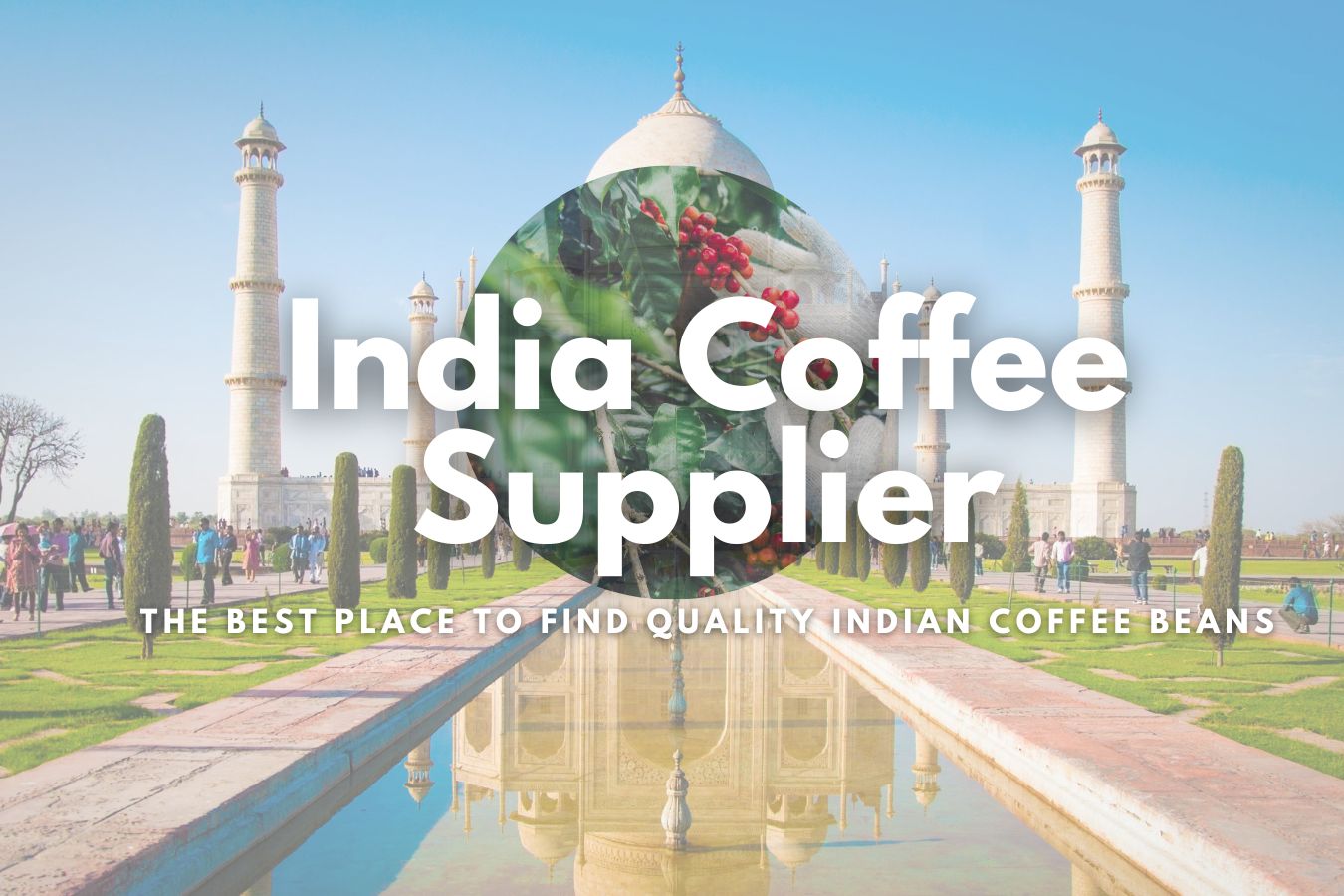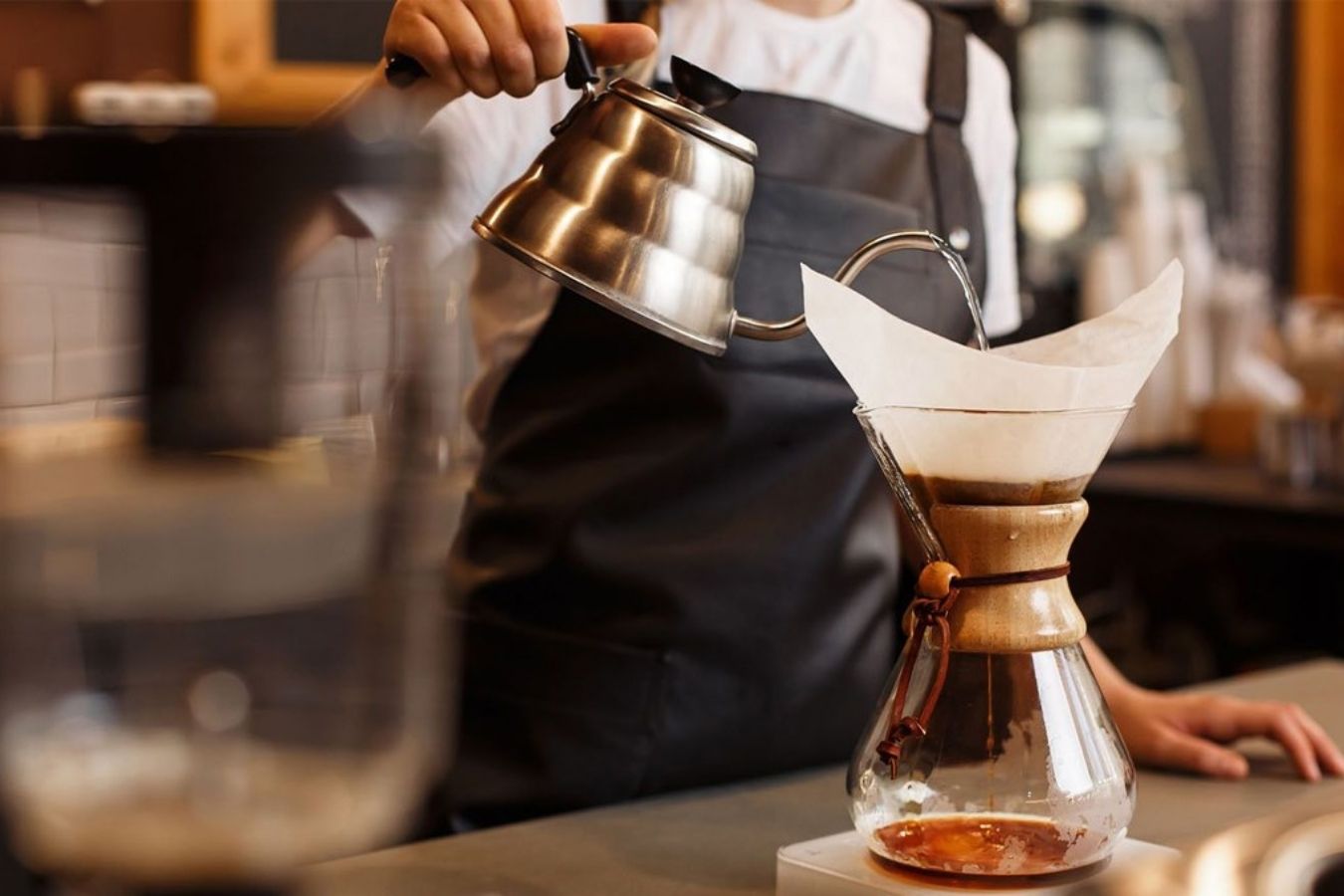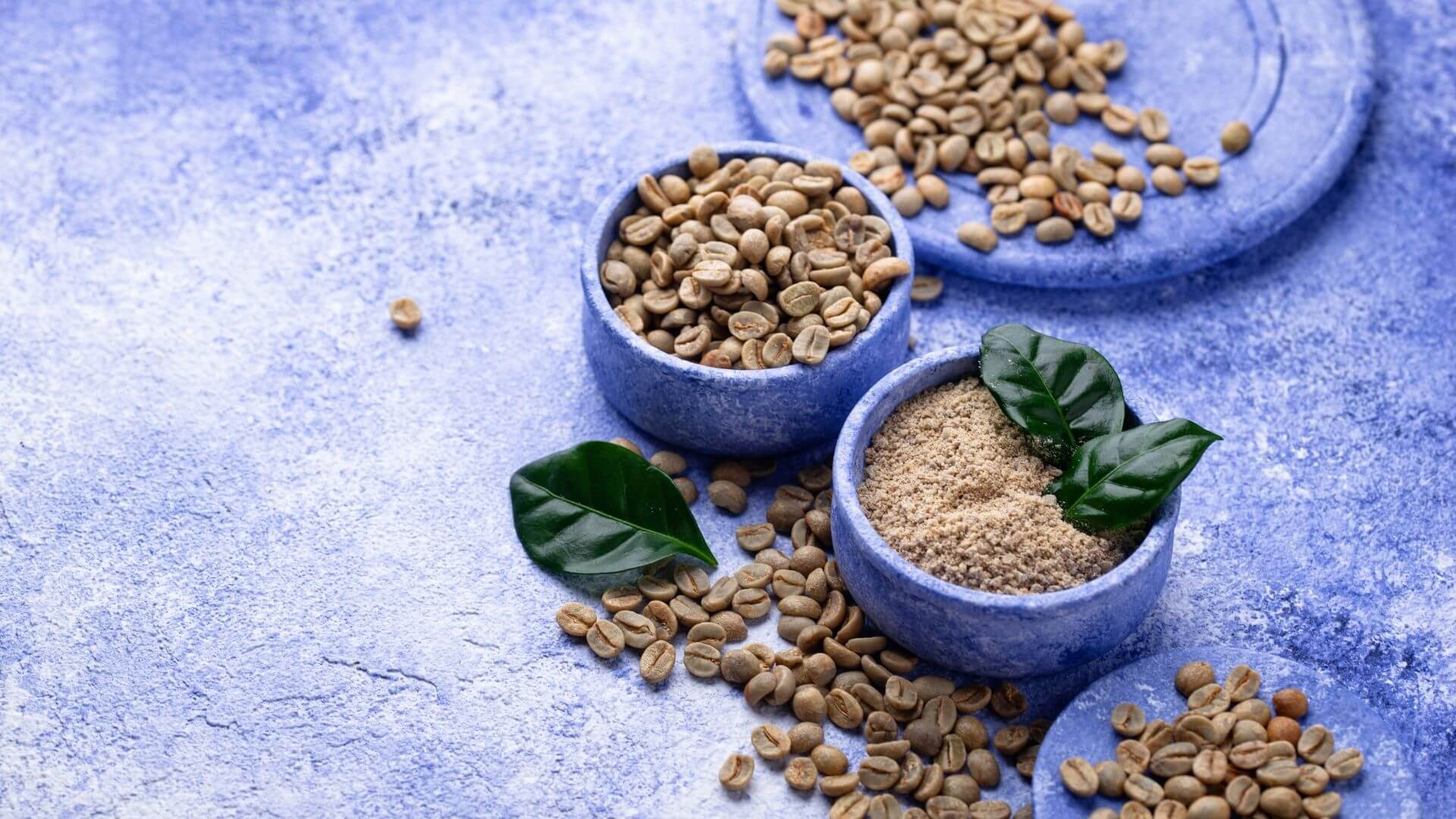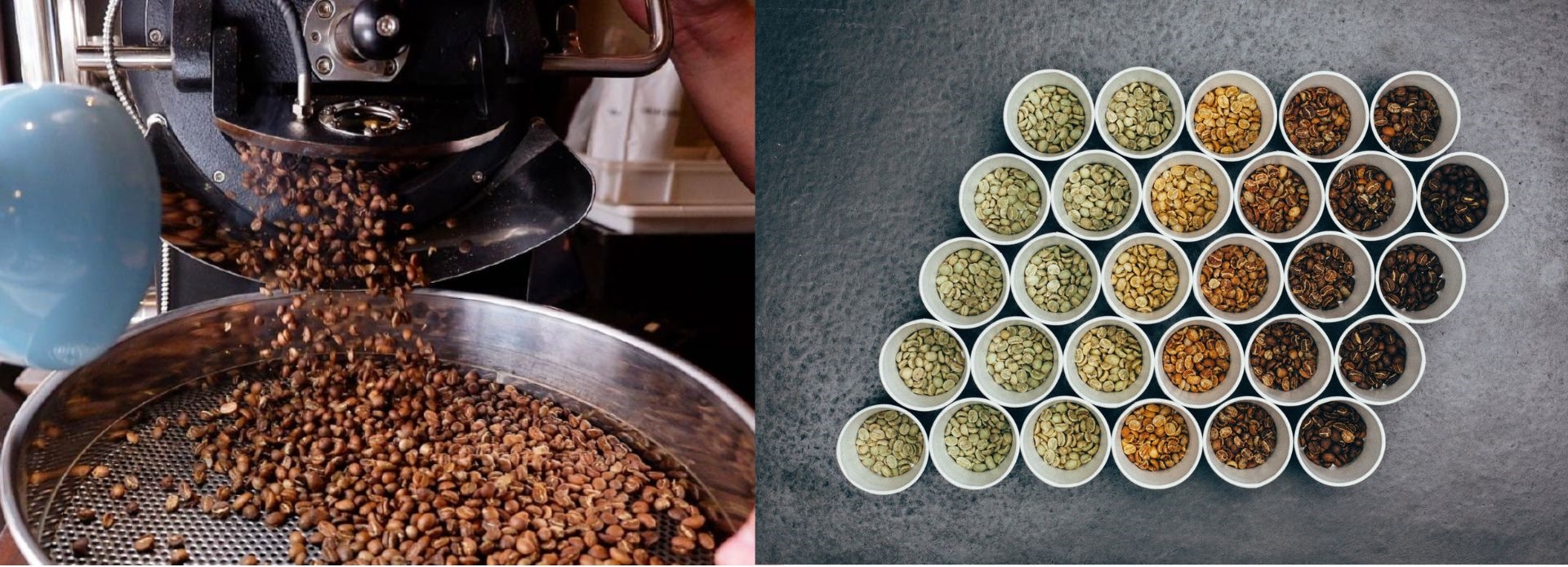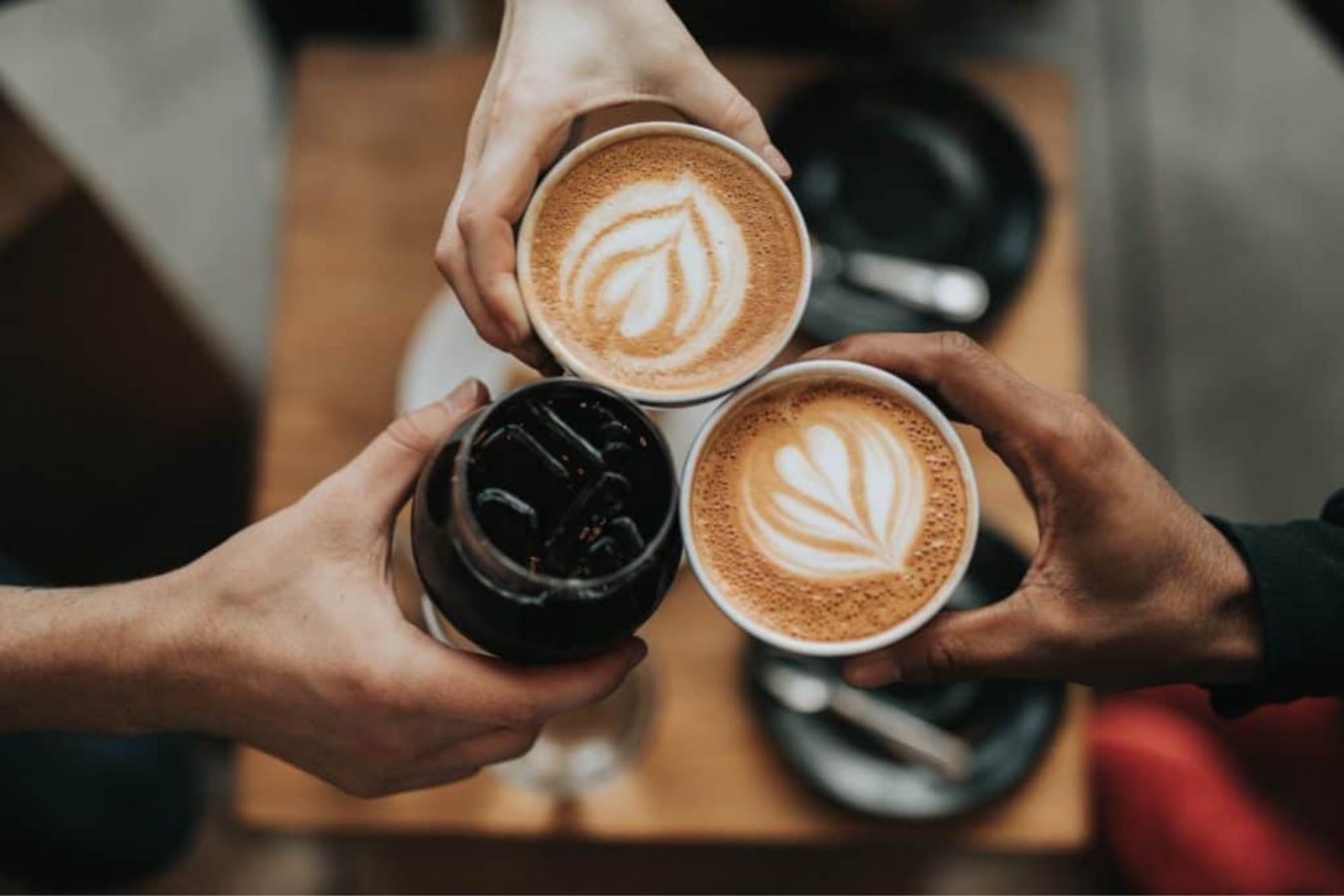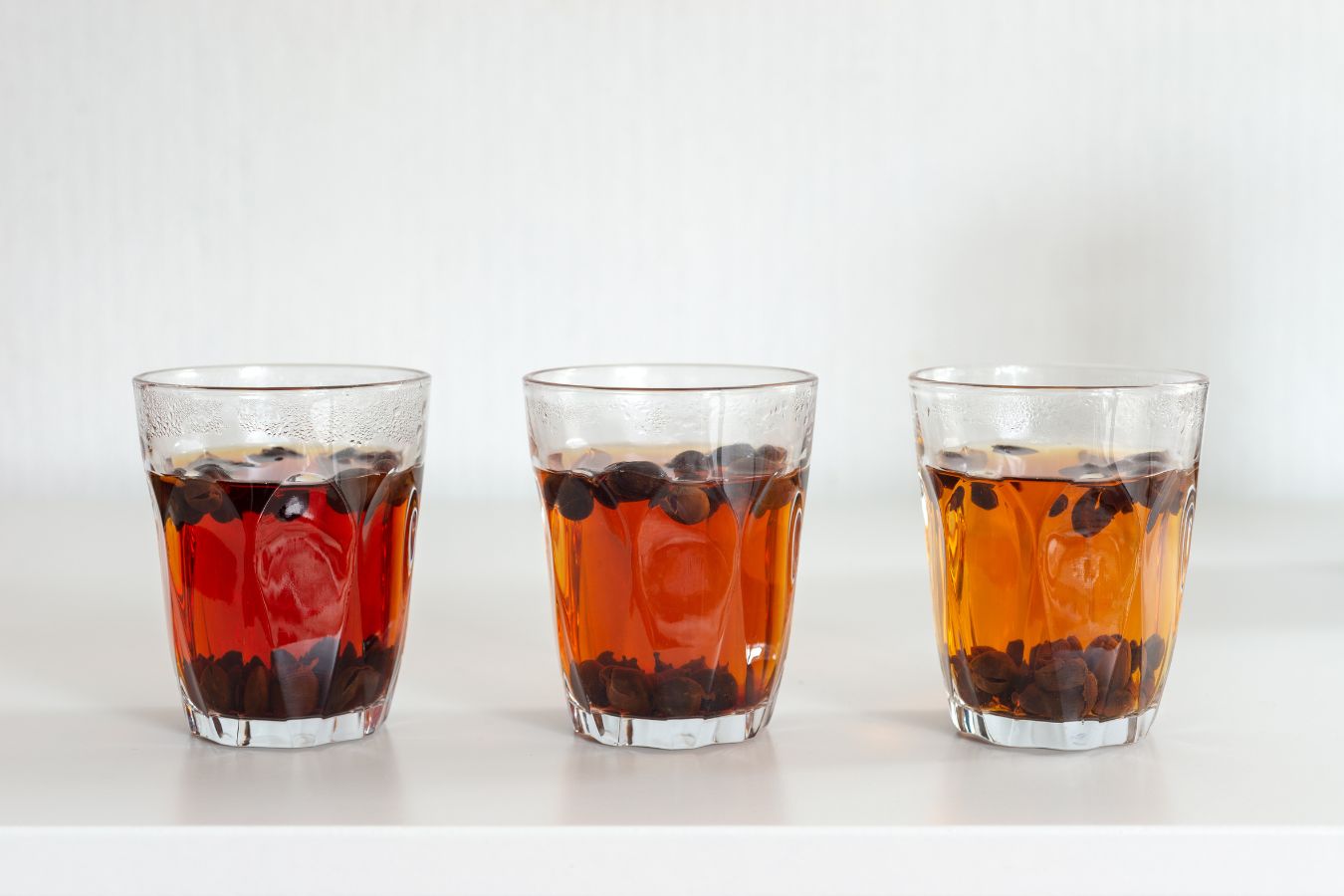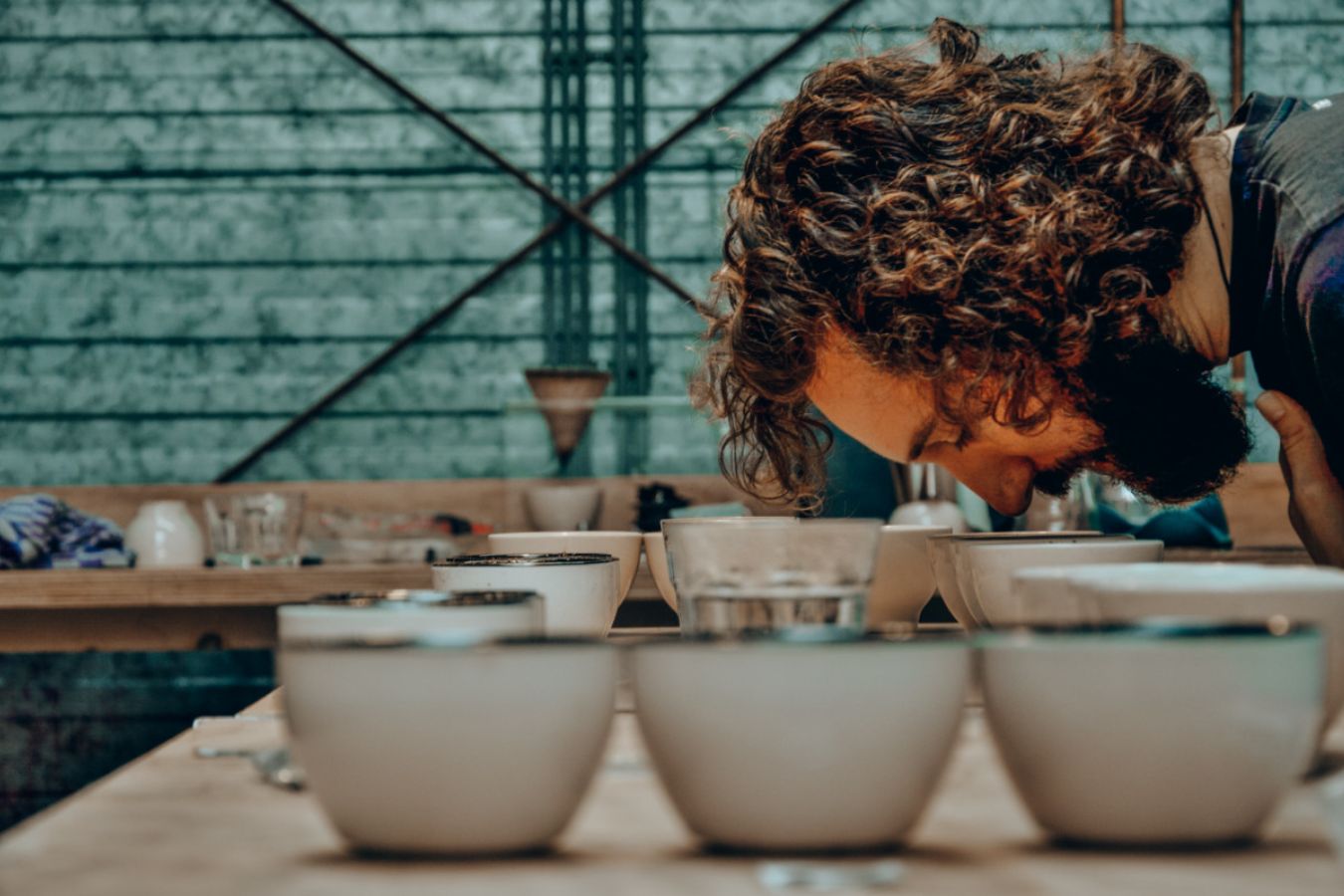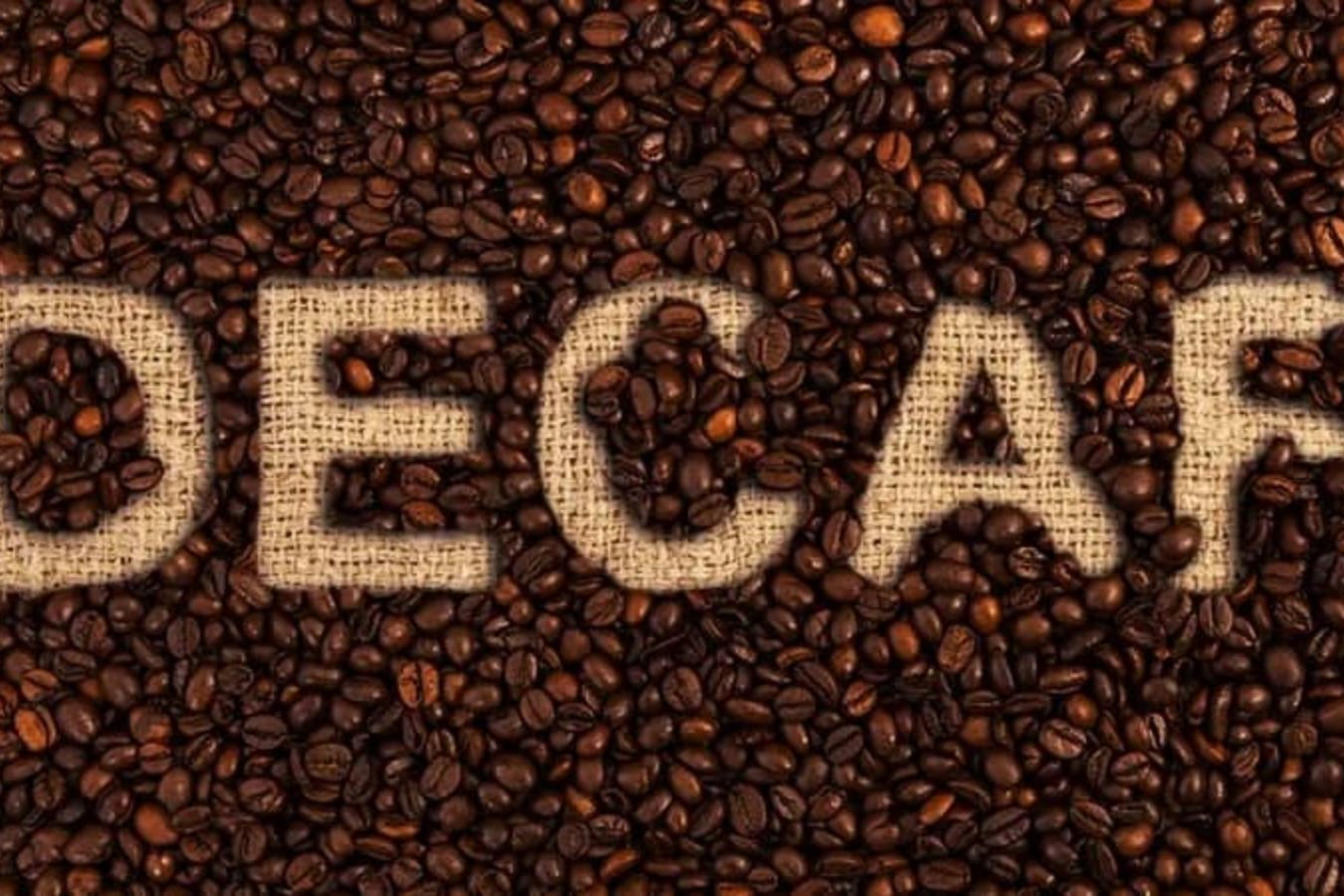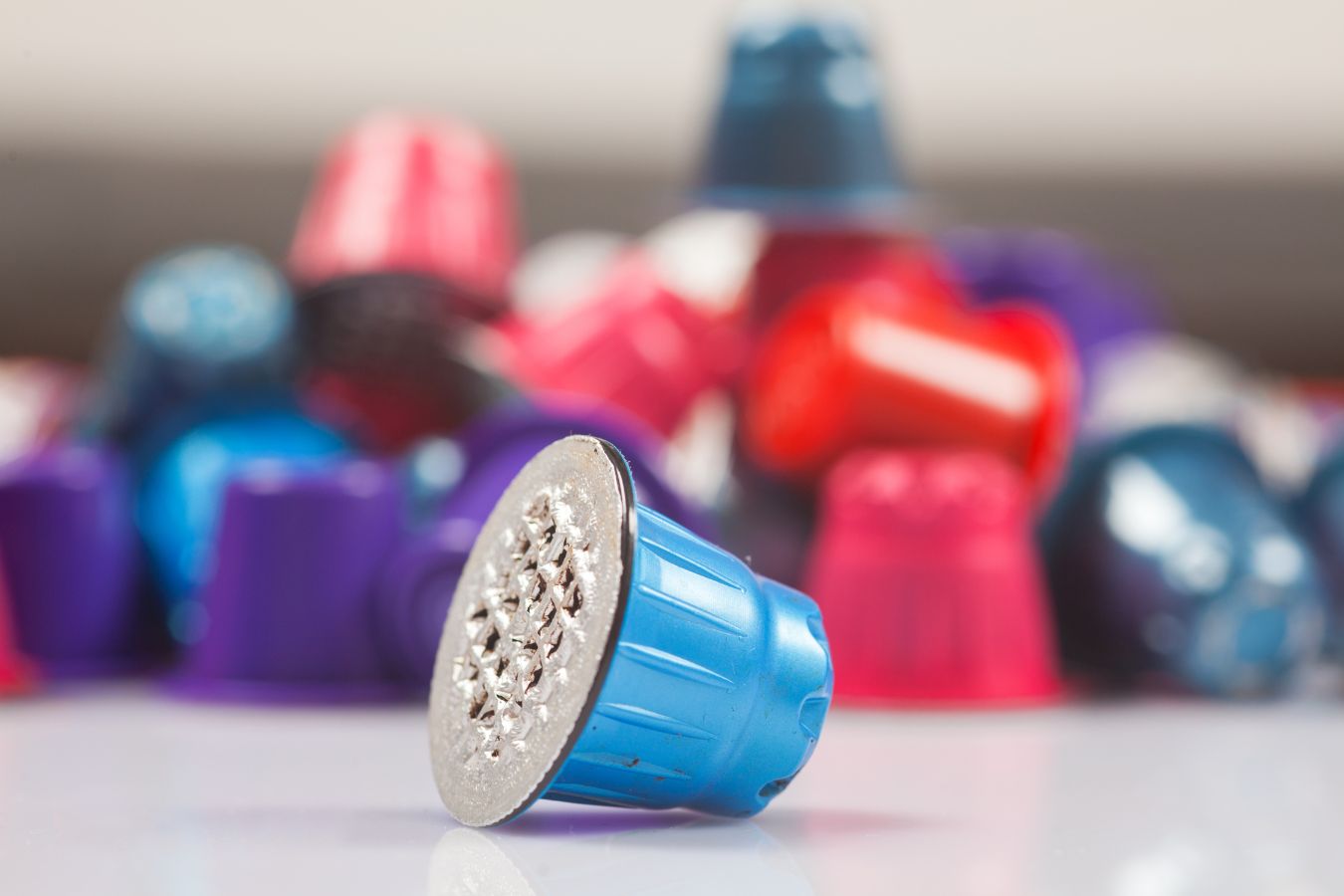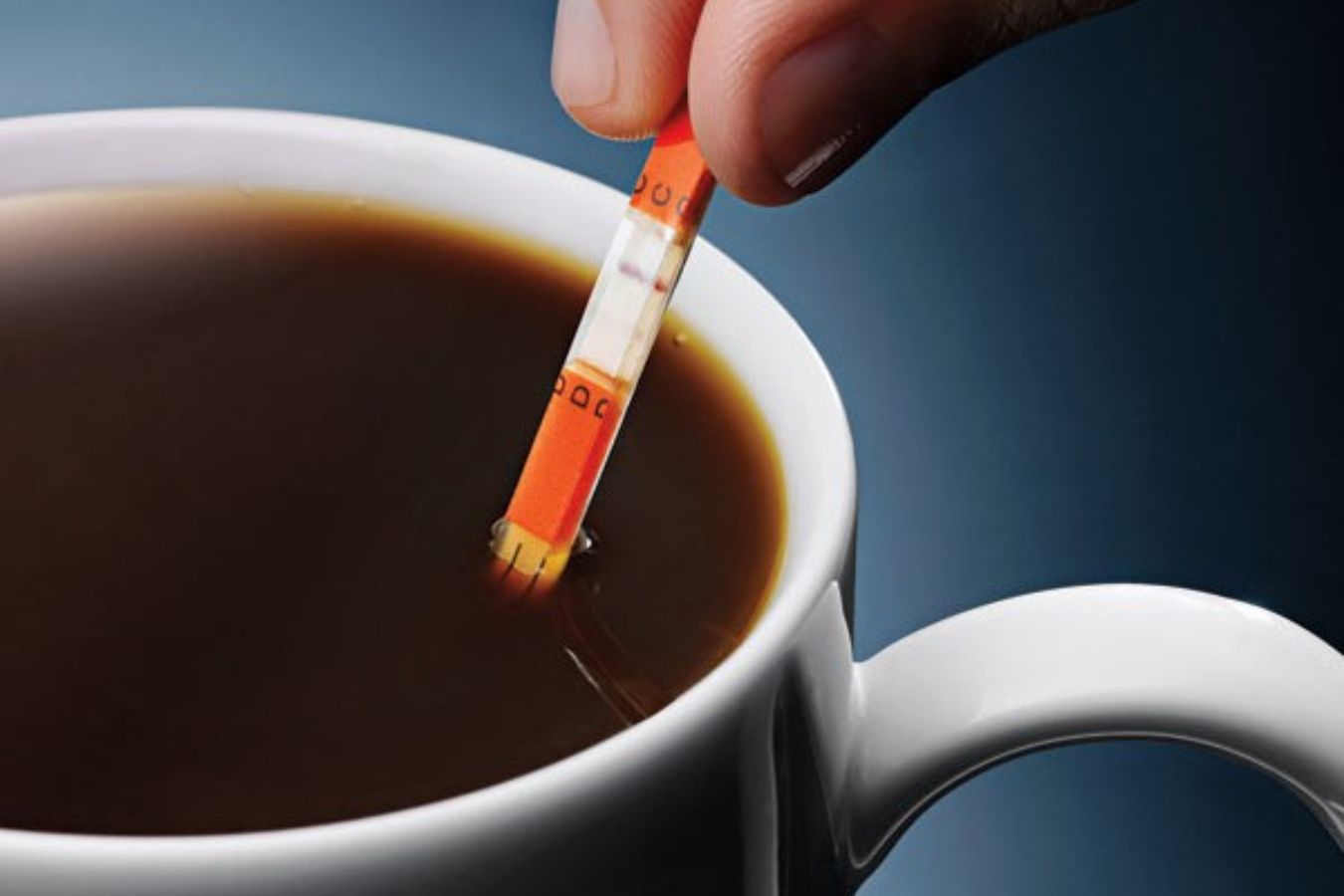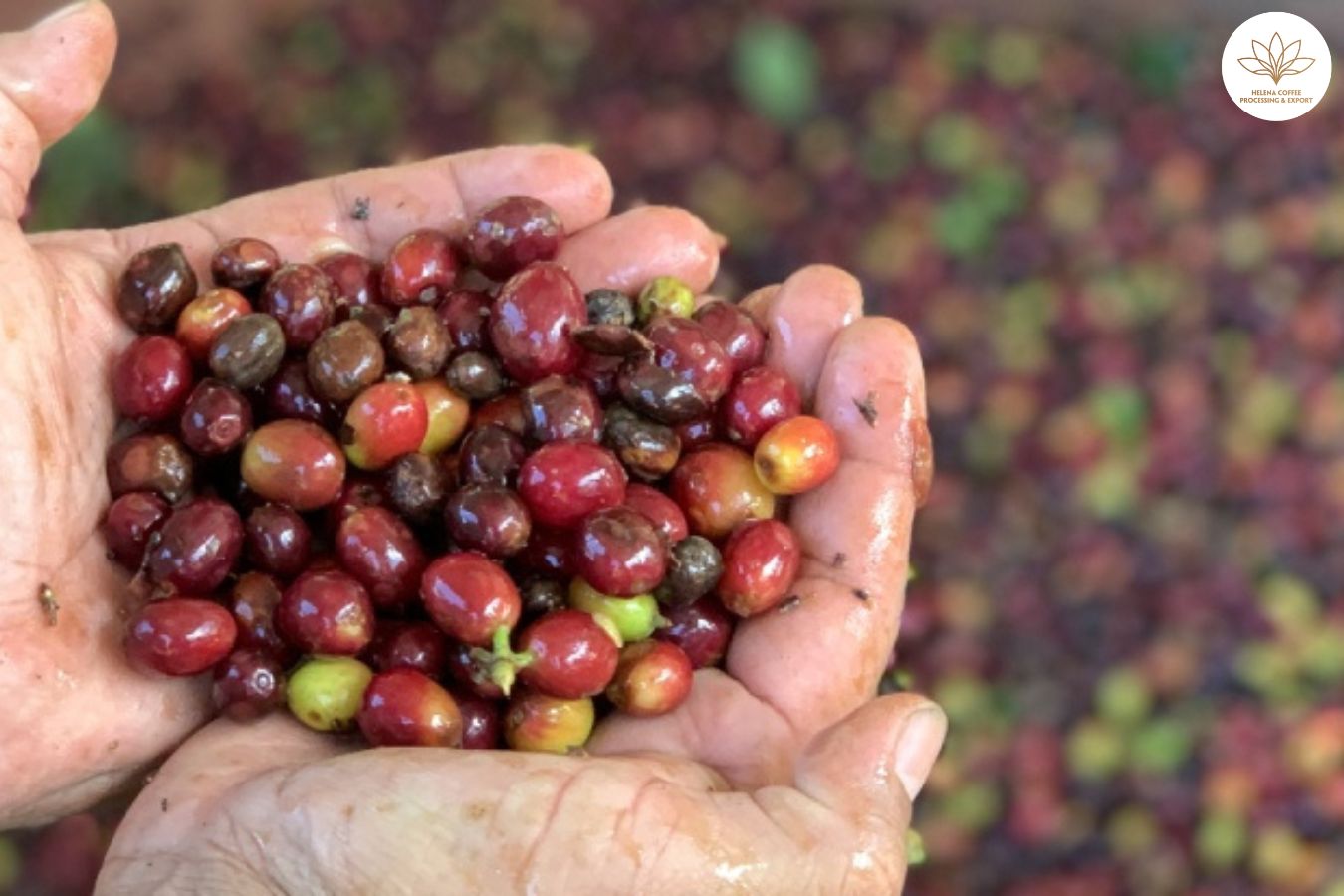 Coffee Cupping Guide
Coffee Cupping Guide Comunidades Indígenas Productoras De Café En Colombia
Las comunidades indígenas constituyen uno de los grupos menos representados y más olvidados en el sector cafetero; no obstante, se estima que tan solo la población indígena de Colombia alcanza el 1.5 millones de personas, lo que representa alrededor del 3.4% de la población total. En las zonas rurales, muchas de estas comunidades dependen de la industria del café para su sustento.
Las historias y culturas tradicionales de los pueblos indígenas frecuentemente relatan su legado único en la producción de café, …

